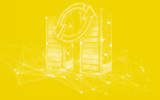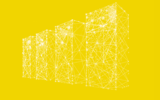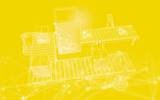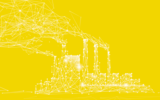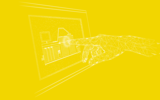
Native web technology
Because web-capable doesn't equal native web technology.
Technology we all use every day
The cornerstone of current web technology was laid in 1989 at the CERN research center. This was where Tim-Berners Lee and Robert Cailliau developed the HTTP network protocol and the markup language HTML. At the time, it was only possible to display passive websites, which is practically unthinkable today. Over time, JavaScript and cascading style sheets (CSS) have added dynamic and interactive capabilities, resulting in what we all know today as the standard for data visualization on the internet.
The benefits of native web technologies
This is what web technology does for automation
PURE WEB since 2006
From the very start, atvise® was developed as the first professional SCADA solution on the basis of web standards such as HTML5, CSS, JavaScript and SVG. Only these technologies are displayed and executed by all the common web browsers without additional plug-ins. We have summarized what this means for automation solutions below.
There's even more
Due to their implementation by web technology alone, atvise® solutions use a web server as the interface for clients. The server is freely accessible to atvise® developers and offers a lot of freedom in terms of engineering. It's possible to use web community contributions at any time to integrate libraries, frameworks and design templates in atvise® applications.
Our definition of web technology in automation
Freedom is the guiding principle in atvise® solutions, especially when it comes to using web technology. Is a REST API required as a data interface for other web applications? Should existing internet resources be used which have already proven to be the solution to common problems? Or is there a requirement to implement a 100-% customizable front end with modern frameworks such as Bootstrap, React, Vue or Angular?
Have you considered atvise®? Because it's precisely this freedom in the implementation of automation solutions that we focus on now and have been focusing on since 2006.
Other technologies
Innovation from the ground up
Based on native web technology
The atvise® product portfolio



